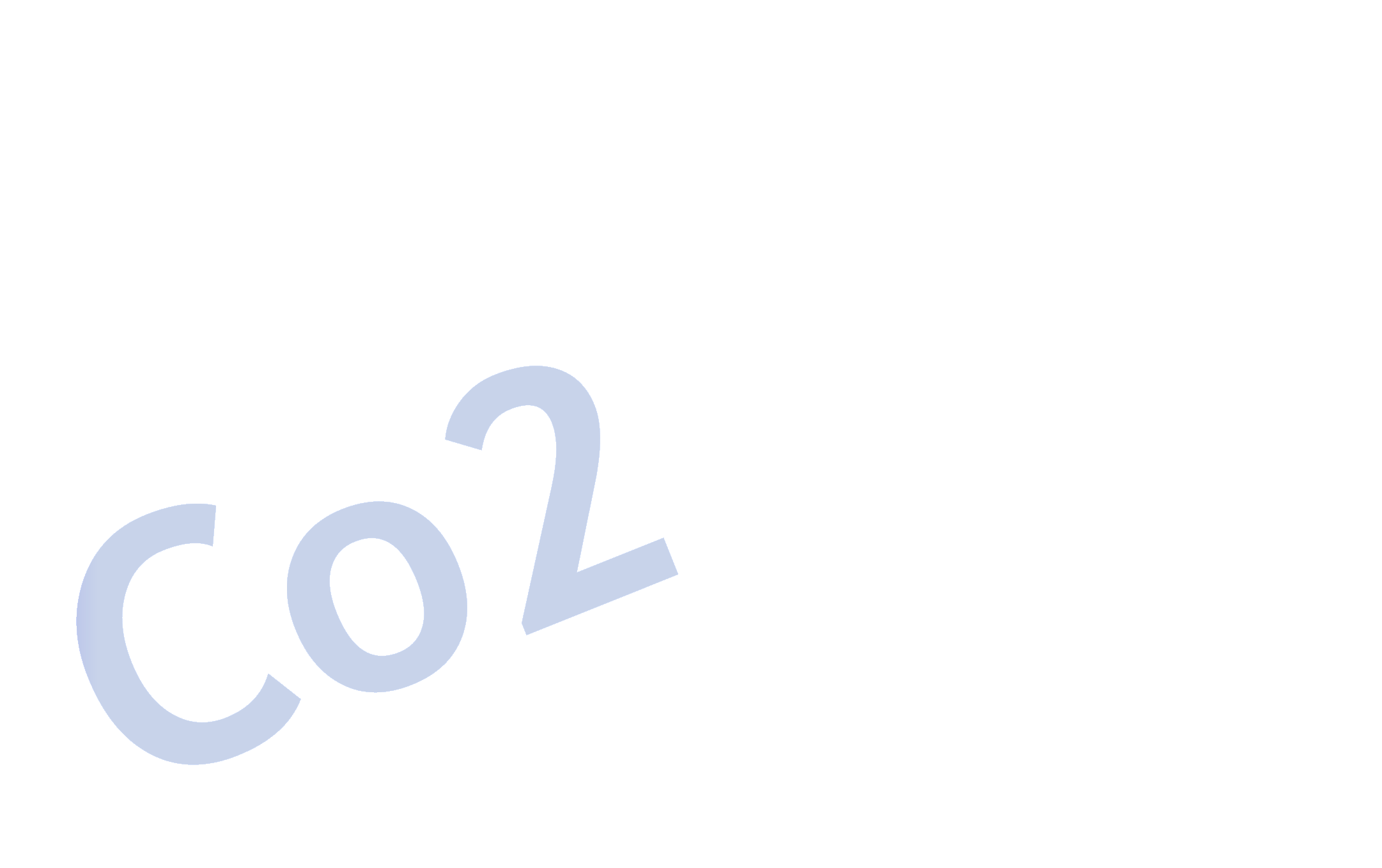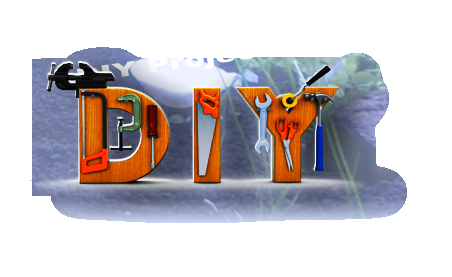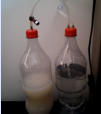


DIY Co2
You can very easily make a Co2 system yourself for your fish/shrimp tank. the ingredients needed for this are : sugar yeast water also needed for making the “system” are: Bottles (preferrably 2- also possible with 1) airstone 1-2 mtr air hose.(one way valve optional but recommendable) it is as simple as that. Below are the instructions on how to make it. Check out the video or the the link to youtube for a visual instruction and you can see it work. Making the mixture Take a bottle and fill it with about 1L of water. fill the other bottle halfway. next take about 200grams of sugar and add it to the water and desolve it. take a small amount of warm or hot water and add (dried)yeast into it to activate it. add this to the bottle you filled with 1liter water and sugar. mix/shake it all for a while. set aside the mixture and take the caps of the bottles and drill holes in them. (in case of 1 bottle just 1 hole in the cap-case of 2 bottles make 1 hole in one cap and 2 in the other) i used 6mm hose and made holes of 5mm. if your using other diameter hose just make the hole a little smaller than the hose so it will fit snug into the holes in the caps. connect the airhose from the 1hole cap to the 2 hole cap and pull it through so it reaches into the water.(this second bottle will act as a buble counter) best is to glue in place or silicone to prevent leaks. in the hole you have left in the 2hole cap you insert an airhose that is a length of your liking that will have the airstone or diffuser attached to the end wich will go into your tank. after a while you will notice the airstone releasing bubbles of Co2 into your tank. this might take a while for the presure to build up. NOTE: depending on the mixture it can build up quite some presure. in this old video a added a cheap homemade “regulator” which helped regulate the Co2 flow a little. You can also “play” with adding less or more sugar / yeast in the mixture to build up more or less pressure. Dangers of CRS/CBS in the Planted Aquarium Shrimp and planted tanks are a perfect compliment for each other in some ways and a disastrous combination in others. When it comes to disasters CO2 injection is probably the easiest and biggest killer of them all. This is especially true for this kind of DIY CO2 setups. When CO2 is added to aquarium water it dissolves and is absorbed by the plants for photosynthesis. When there is no light source CO2 is not utilized by the plants and instead forms carbonic acid in the water. This can plummet and/or swing the pH dramatically overnight. shrimp and/or fish can often not handle the BIG swing in PH nor the lack of oxygen. So when using CO2 be sure not to add it at night or with a very low amount of light. If you do think it is REALLY needed then do it in VERY..but then again VERY VERY VERY small amounts. It is better to let it absorb slower in your tank over the course of some days and or weeks then adding to much and trying to fix it in one day!! plant are more easily replaced than your precious aquatic friends!!! Using CO2 injection needs to be done carefully. This may not be as simple as using a solenoid valve to only inject CO2 during light hours. Horror stories have arisen where hobbyists have forgetting to reset there light timers. In the morning when the lights do not turn on but the CO2 starts bubbling there is danger for a giant PH swing and a high risk of stressing your tank inhabitants. Fertilizer additives need to be carefully checked before adding them to an aquarium. Especially for shrimp all copper and heavy metals and or additives should be avoided.



USE WITH CAUTION !!!
Deadly to fish or shrimp
if used incorrectly!!!



Botlle with
the mixture
inside
Bottle
acting
as a
bubble
counter
airstone
















































